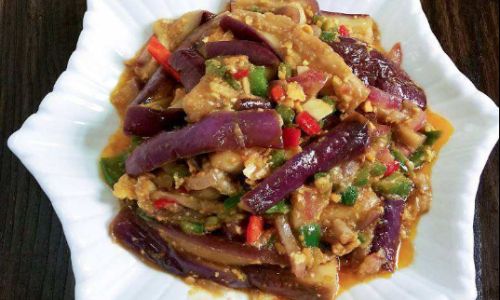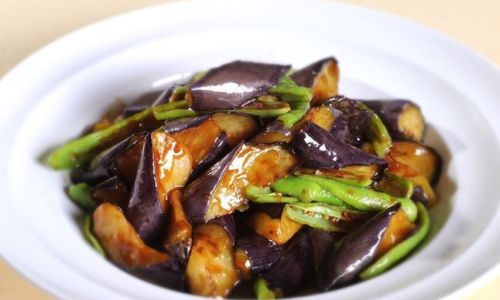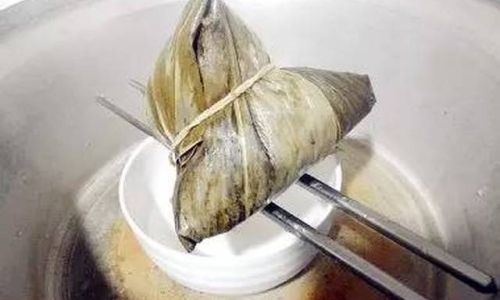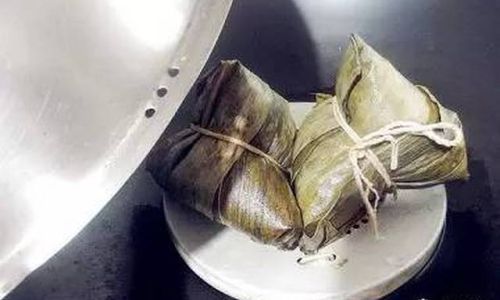Stir-fried eggplant, a beloved dish across Asian cuisines, is celebrated for its velvety texture and ability to absorb flavors like a sponge. Yet, achieving the perfect balance of savory, aromatic, and subtle heat requires more than just skillful cooking—it hinges on the judicious use of seasonings and spices. This article delves into the science and creativity behind seasoning stir-fried eggplant, exploring traditional ingredients, regional variations, and innovative twists to elevate this humble vegetable into a culinary masterpiece.
The Foundations of Flavor: Essential Seasonings
At the heart of every great stir-fried eggplant dish lies a careful selection of seasonings that define its character. These staples form the backbone of flavor, each serving a distinct purpose:
-
Soy Sauce: A cornerstone of Asian cooking, soy sauce contributes saltiness, umami, and a rich caramel hue. Light soy sauce adds brightness and seasoning, while dark soy sauce imparts depth and color. For a gluten-free alternative, tamari or coconut aminos can be substituted without compromising flavor.
-
Garlic: Minced or sliced, garlic introduces a pungent, earthy aroma that mellows during cooking. Roasted garlic paste can add sweetness, while black garlic offers a molasses-like complexity.
-
Ginger: Fresh ginger, grated or julienned, provides a zesty, slightly peppery kick that cuts through the eggplant’s richness. Ginger juice or pickled ginger can offer alternative flavor profiles.

-
Sesame Oil: Toasted sesame oil lends a nutty, aromatic finish. Use it sparingly as a finishing touch, as its intense flavor can dominate if overused.
-
Rice Vinegar or Chinese Black Vinegar: A splash of acidity brightens the dish, balancing the soy sauce’s saltiness. Black vinegar adds a smoky, aged complexity, while rice vinegar keeps the flavors clean and crisp.
-
Sugar: A pinch of sugar—white, brown, or palm—ameliorates bitterness and enhances caramelization. For a deeper flavor, try honey, maple syrup, or date molasses.

-
Cornstarch: Though not a seasoning, cornstarch is critical for creating a lustrous sauce. Mixed with water, it thickens the cooking liquid, ensuring it clings to the eggplant.
Aromatics and Alliums: Beyond the Basics
To elevate stir-fried eggplant from ordinary to extraordinary, cooks often incorporate layers of aromatics and alliums:
- Shaoxing Wine: This Chinese rice wine imparts a subtle fermented sweetness while tenderizing the eggplant. Dry sherry or mirin can serve as substitutes.
- Scallions: Both the white and green parts are used—the whites sautéed with garlic, the greens sprinkled as a garnish for freshness.
- Shallots: Caramelized shallots add a mild sweetness, while their crispy texture contrasts with the eggplant’s softness.
- Cilantro: Fresh cilantro leaves, stirred in at the end, contribute a citrusy, herbaceous note.
Spices: Adding Warmth and Complexity
Spices transform stir-fried eggplant into a dish with geographical personality. Here’s how to wield them effectively:

- Sichuan Peppercorns: Toasted and ground, these berries deliver a numbing, tingling sensation (ma la) that pairs beautifully with chili oil in dishes like Yu-Xiang Eggplant.
- Cumin: Whole cumin seeds, dry-roasted until fragrant, add earthy warmth. Ground cumin works in spice blends like garam masala for Indian-inspired recipes.
- Star Anise: A single star anise pod, simmered briefly in the sauce, infuses the dish with licorice-like sweetness. Remove it before serving to avoid bitterness.
- Chili Flakes or Fresh Chilies: Adjust heat levels with crushed red pepper flakes, Thai bird’s eye chilies, or Korean gochugaru. For smokiness, use smoked paprika or chipotle powder.
- Fennel Seeds: Lightly crushed fennel seeds impart an anise-like aroma, common in Sichuan and Hunan preparations.
Fermented Ingredients: The Umami Boost
Fermented seasonings add depth and complexity, leveraging the magic of microbial activity:
- Doubanjiang (Fermented Broad Bean Paste): A staple in Sichuan cuisine, this spicy, savory paste is essential for Fish-Fragrant Eggplant.
- Miso Paste: White miso offers mild sweetness, while red miso provides robust umami. Mix with sake and mirin for a quick Japanese-style glaze.
- Kimchi: Finely chopped kimchi, stirred in at the end, adds tangy heat and probiotic richness.
Regional Variations: A World of Eggplant
Stir-fried eggplant’s versatility shines through regional adaptations:
- Chinese Cuisine: In Hunan-Style Eggplant, chili peppers, garlic, and vinegar dominate, while Cantonese versions favor oyster sauce and Shaoxing wine.
- Thai Cuisine: Thai basil, fish sauce, and lime leaves create a fragrant, herbaceous dish. Massaman Curry Paste adds coconut milk and spices for a creamy twist.
- Indian Cuisine: Turmeric, mustard seeds, and curry leaves flavor Brinjal Poriyal, often served with yogurt raita.
- Middle Eastern Flavors: Sumac, pomegranate molasses, and toasted pine nuts lend a tangy-sweet profile, reminiscent of Baba Ganoush but stir-fried.
Troubleshooting Common Seasoning Pitfalls
Even seasoned cooks stumble. Here’s how to avoid common mistakes:

- Over-Salting: Eggplant absorbs salt rapidly. Taste the sauce before adding salt, and consider using low-sodium soy sauce.
- Under-Seasoning the Oil: Frying garlic and ginger in insufficiently heated oil results in raw, harsh flavors. Ensure the oil shimmers before adding aromatics.
- Overcrowding the Pan: Stir-frying requires high heat. Cook eggplant in batches to prevent steaming, which leads to mushiness.
- Neglecting Acidity: A dish lacking vinegar or citrus can taste flat. Adjust seasoning at the end to balance flavors.
Advanced Techniques: Layering Flavors
Take your stir-fried eggplant to the next level with these pro tips:
- Velveting the Eggplant: Marinate eggplant slices in a mixture of cornstarch, soy sauce, and water before frying. This seals in moisture and creates a silken texture.
- Charring for Smokiness: Partially char the eggplant over an open flame or under a broiler before stir-frying. This adds a barbecue-like depth.
- Infusing Oils: Customize flavored oils by simmering dried chilies, star anise, or citrus zest in neutral oil, then straining. Use this oil for stir-frying.
- Glazing Techniques: Reduce the sauce until it coats the eggplant like a glossy varnish. Add a pat of butter or a drizzle of sesame oil at the end for sheen.
Dietary Adaptations: Inclusivity in the Kitchen
Modern cooks cater to diverse diets without sacrificing flavor:
- Vegan/Vegetarian: Replace oyster sauce with mushroom-based stir-fry sauce. Add nutritional yeast for cheesy umami.
- Gluten-Free: Use tamari, coconut aminos, or gluten-free hoisin sauce. Ensure cornstarch is certified GF.
- Low-Sodium: Opt for reduced-sodium soy sauce and amplify flavor with toasted sesame oil, garlic, and ginger.
- Keto-Friendly: Substitute sugar with erythritol or monk fruit. Use xanthan gum instead of cornstarch for thickening.
The Final Touch: Garnishes and Presentation
A dish is not complete until it’s plated. Elevate stir-fried eggplant with:

- Toasted Sesame Seeds: For crunch and visual appeal.
- Fresh Herbs: Basil, mint, or cilantro leaves add color and aroma.
- Crispy Shallots or Fried Garlic: A textural contrast that enhances richness.
- Edible Flowers: Nasturtiums or chive blossoms lend a delicate, artistic flair.
Conclusion: The Alchemy of Seasoning
Stir-fried eggplant is a canvas for culinary experimentation. By understanding the interplay of salt, sweet, sour, bitter, and umami—the five tastes—you can create dishes that resonate with depth and harmony. Whether adhering to tradition or venturing into fusion, the key lies in balancing boldness with restraint. Let your palate guide you, and remember: the best seasonings are those that tell a story—of culture, creativity, and the joy of sharing a meal.
So, the next time you wield a wok, view it not as a mere cooking vessel, but as a conduit for transforming simple ingredients into an unforgettable experience. After all, in the world of stir-fried eggplant, the right seasonings aren’t just ingredients—they’re the soul of the dish.






0 comments